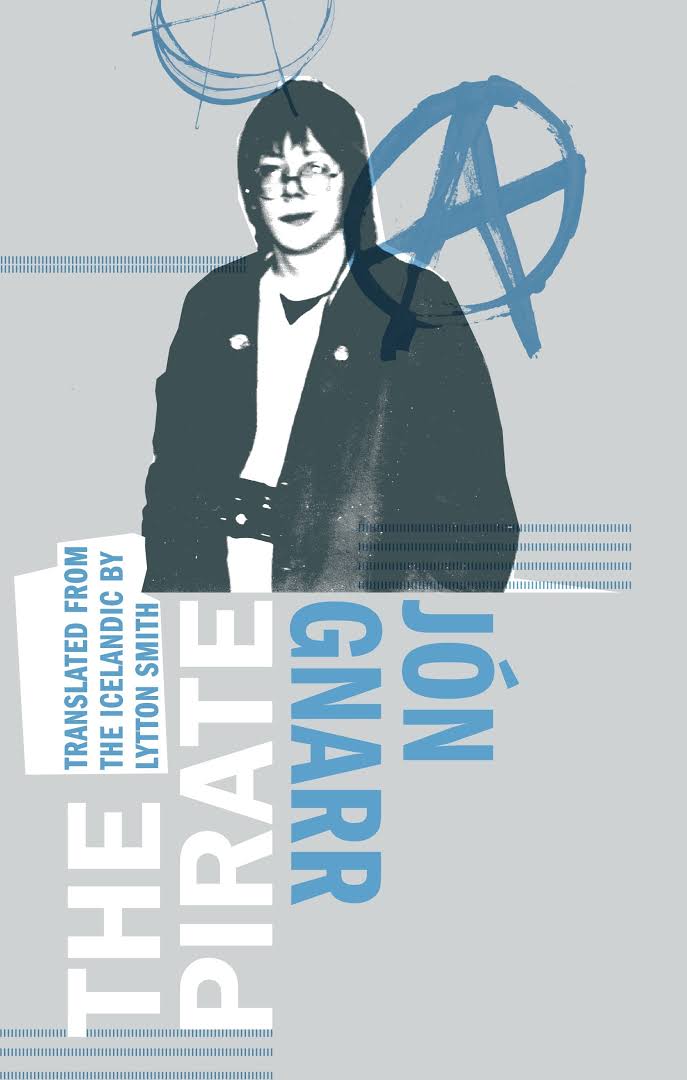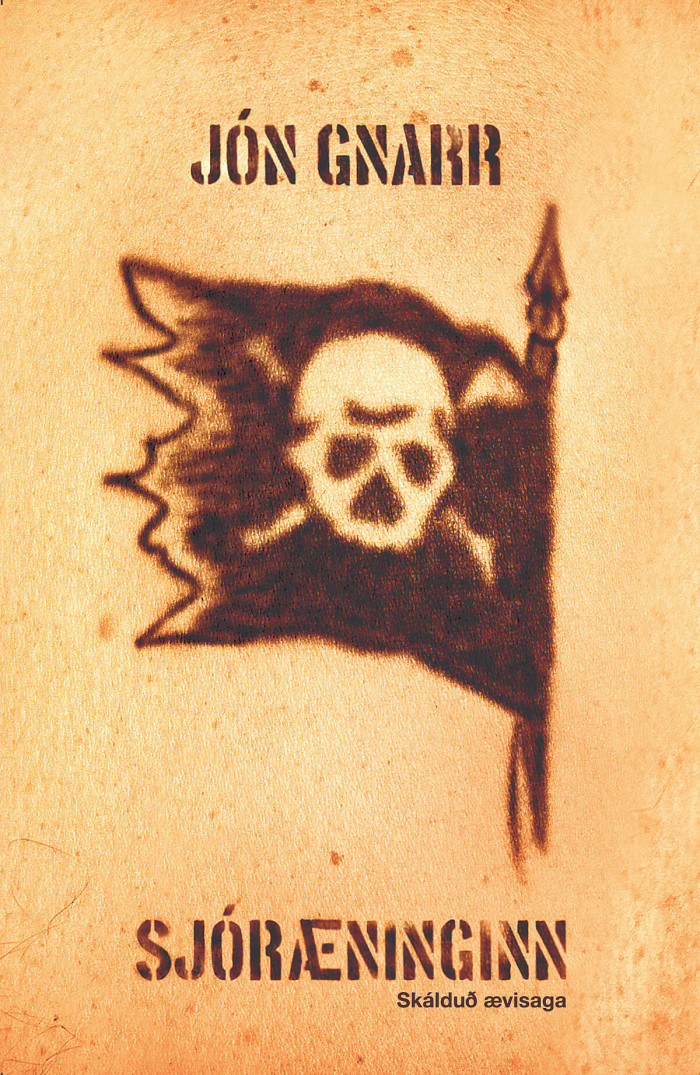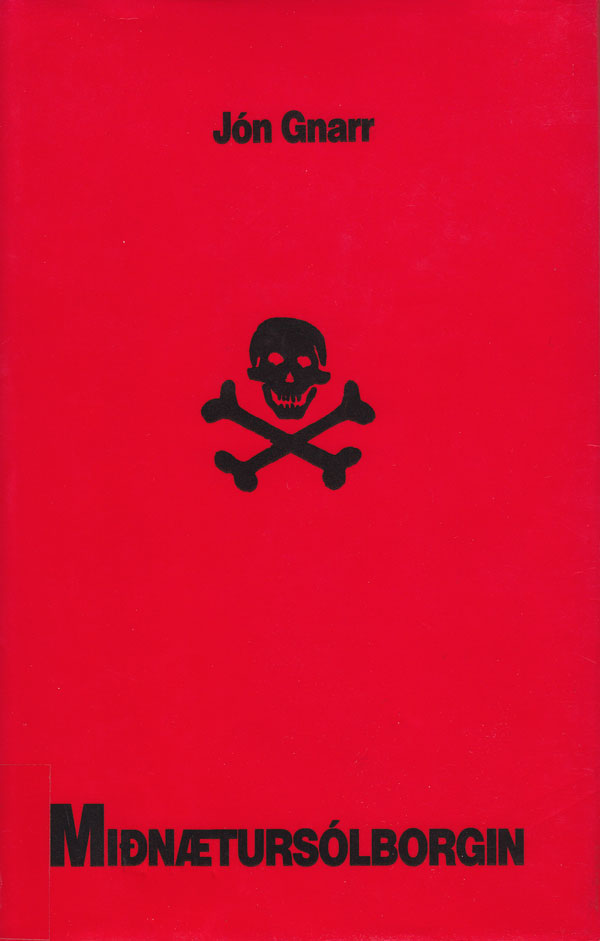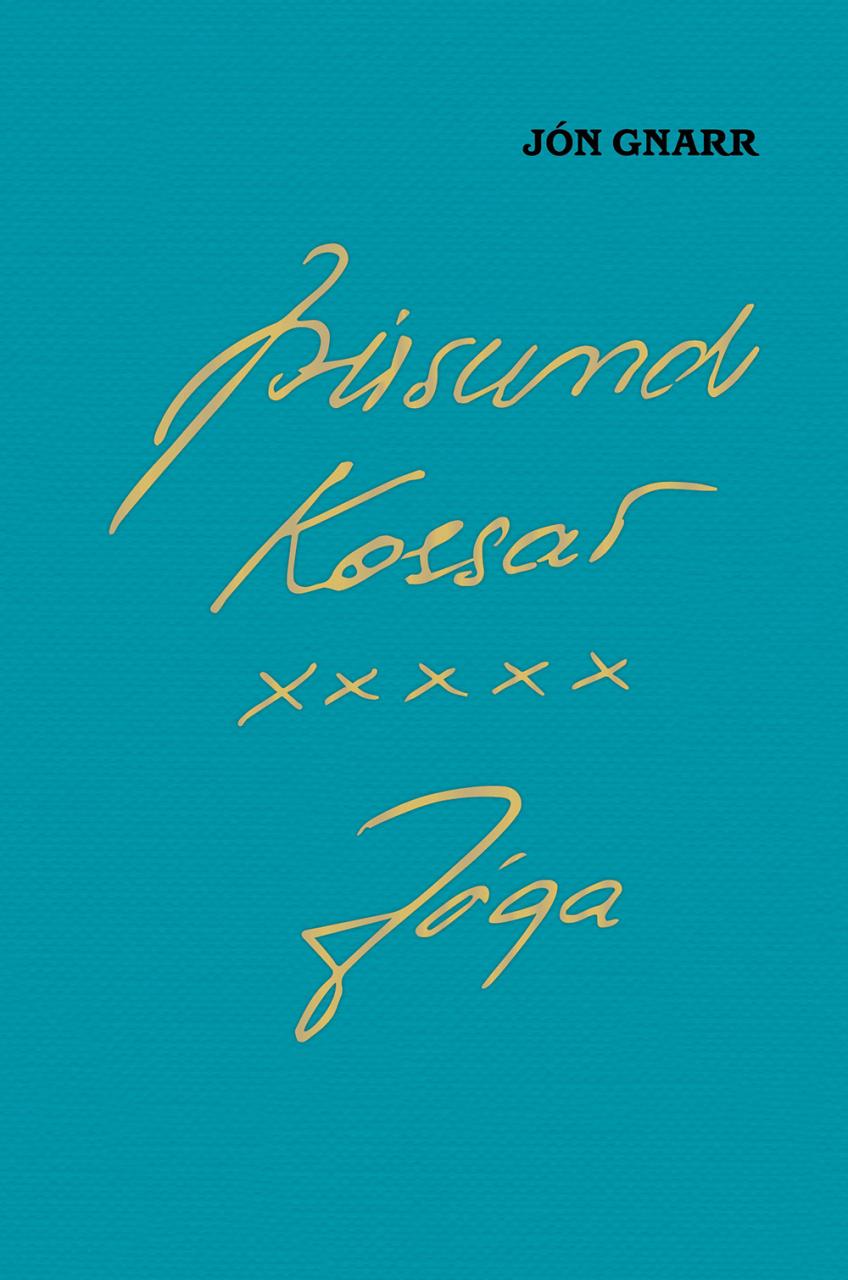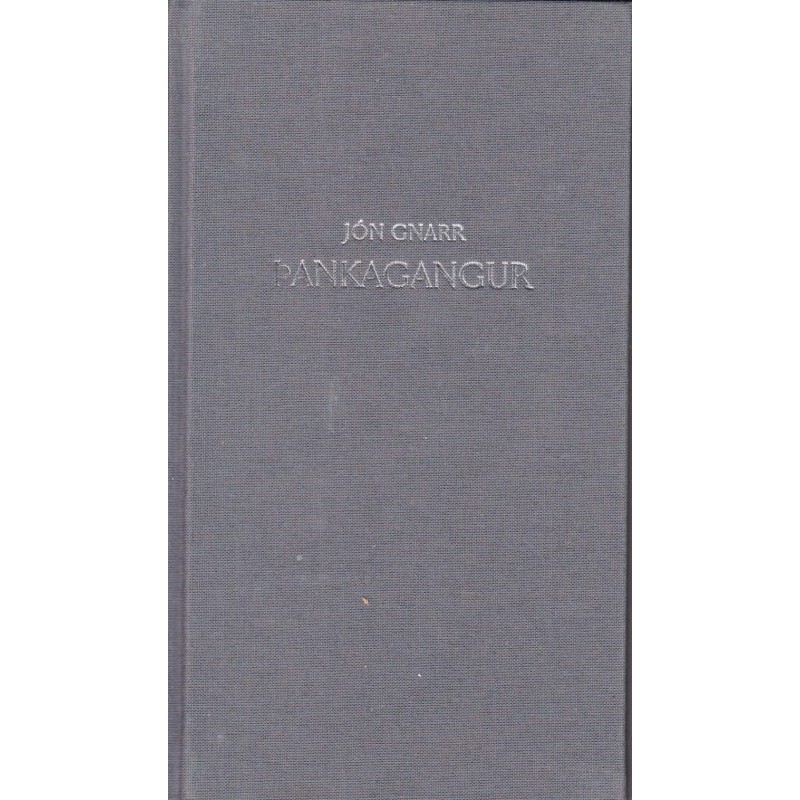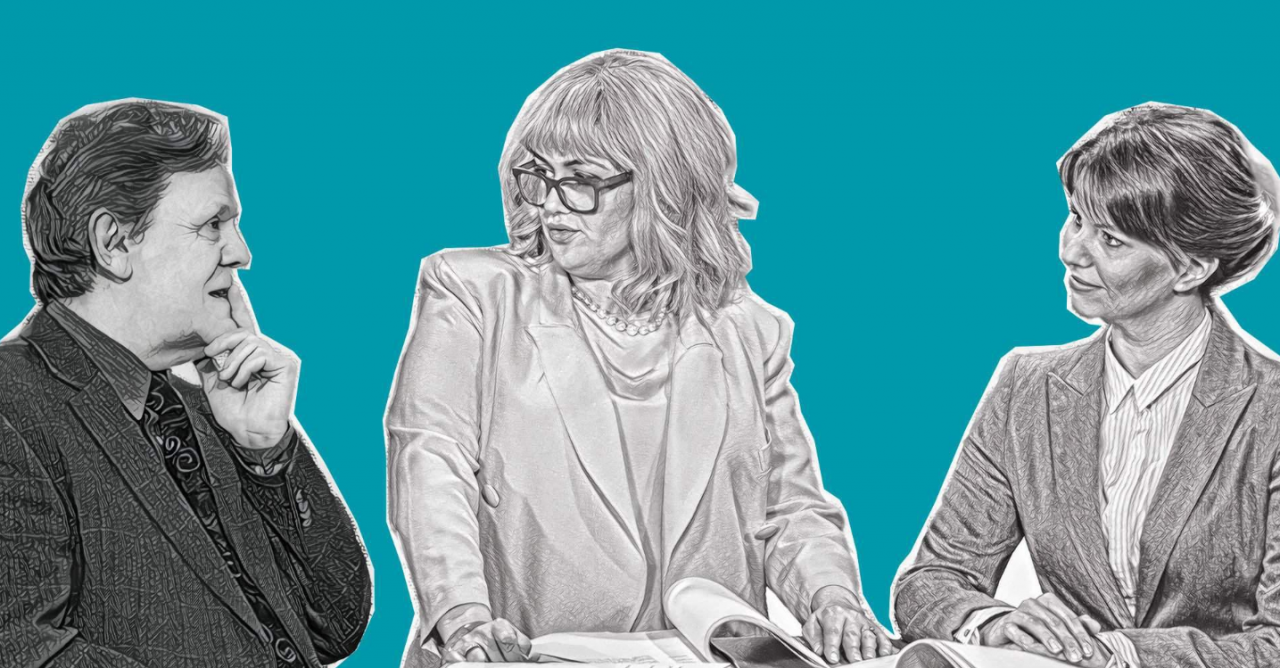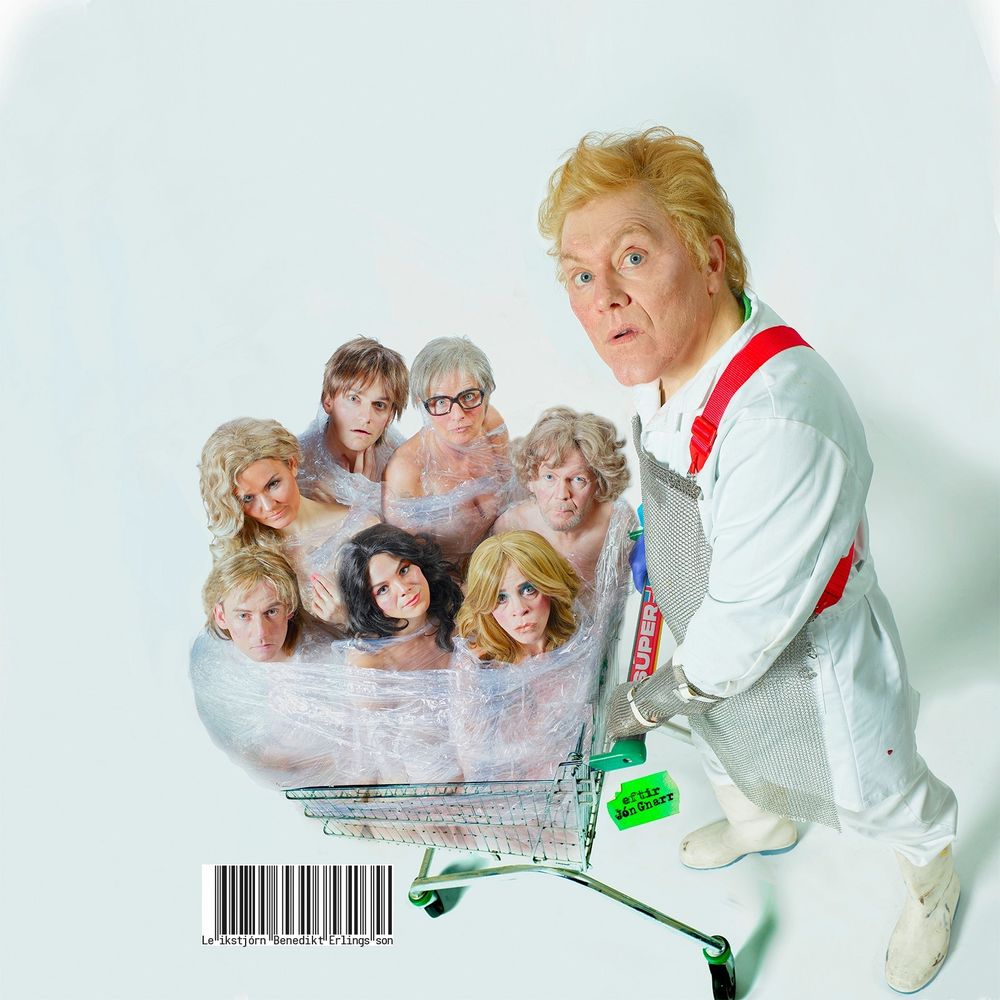Cowritten with Hrefna Lind Heimisdóttir.
About the book
The second book in a trilogy chronicling the troubled childhood of international sensation Jón Gnarr, The Pirate revisits his teenage years with sincere compassion and great humor: bullied relentlessly, Jón receives rebellious inner strength through the Sex Pistols and Prince Kropotkin—punk rock and anarchy offer the promise of a better and more exciting life.
From the book
I felt much better in Hlemmur than at school and started going there every day. Sometimes, I even got the first bus in the morning and hung out there every day, from when it opened in the morning until the evening when it closed. Day after day.
The punks were mostly the same age as me. Some, however, were older or really young. The oldest were sixteen and seventeen years old, and the youngest as low as ten or eleven. We divided into two age groups, little kids and big. Little kids were ten to fourteen and older kids fifteen to seventeen years. But the age difference did not matter because punk united us all. Older kids generally treated the younger with respect and consideration. We were connected by the invisible threads of punk. It was our harmony. It wasn't just outfits and music, it was the mentality. All of us had in common the fact that we were in one way or another at odds with our environment. Most had difficult home lives to wrestle with, drunken parents, or even domestic violence. Many lived with single mothers who worked away from home and had little time for them. All of us were excluded from the school system.
Icelandic punks were significantly different from their colleagues in the United Kingdom. Our clothing was set and simple and pieced together: ripped jeans that had been written on, sneakers or black military boots, preferably with loose soles and equally shabby uppers. Any jackets were allowed, but most wore either leather jackets or army coats. Other than that, coats were prohibited. Many of the older boys even had black men's jackets with logos on the lapel. The army coats were like the jeans, marked-up with black pen. Haircuts were short and messy and ideally looked like you had cut it yourself, which most people actually did. That said, there were a very few people with mohawks or dyed hair. Each individual had his logos, either a band or simply an anarchist symbol. Dog collars were popular around the neck and rings or pins in the ears. The reason for this get-up was simply that there weren't a lot of speciality shops that sold punk clothes, and what little you could get was considered expensive, so we couldn't afford it. Most of those there were boys, but there were some girls, too. They were dressed similar to the boys. Most punks came from Kópavogur. They had their own refuge at Skiptistodur in Hamraborg, but it was more fun at Hlemmur.
(pp. 171-172)
